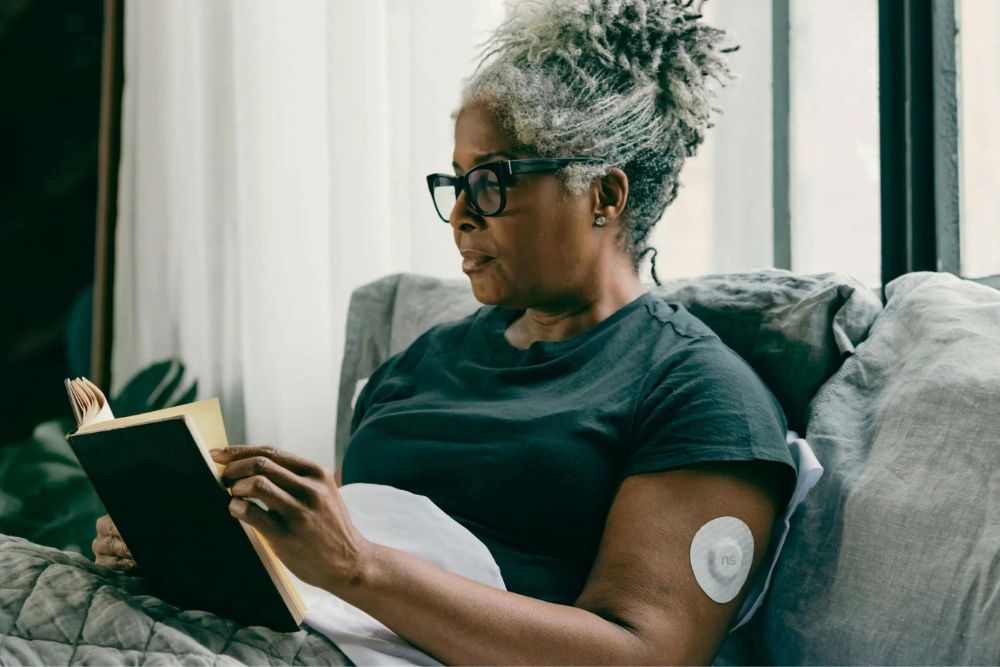Why Diabetic Eye Disease Often Goes Undiagnosed — and How to Catch It Early

Many people assume they’d notice if something were wrong with their eyes. But retinal conditions like diabetic retinopathy often develop silently, without obvious symptoms in the early stages. By the time vision changes are noticeable, irreversible damage may have already occurred. That’s why regular diabetic eye exams are so important — even if your vision seems perfectly fine.
Why You May Not Know You Have Diabetic Eye Disease
Diabetic retinopathy, the most common form of diabetic eye disease, usually doesn’t cause pain or noticeable vision loss early on. When symptoms do appear, they can be subtle — like slightly blurry vision or occasional floaters — that are easy to dismiss or mistake for normal changes.
Additionally, many people with Type 2 diabetes don't know they have it, which means they may not realize they’re even at risk for diabetic eye disease until an eye exam reveals underlying damage.
Diabetic Eye Screening vs. Regular Eye Test
A standard eye exam is designed to check your vision and screen for common eye issues. A diabetic eye exam goes deeper — it’s specifically focused on identifying early signs of diabetic eye diseases such as diabetic retinopathy, macular edema, and more.
According to the American Diabetes Association (ADA):
- Type 1 diabetes: Have a dilated eye exam within five years of diagnosis, then annually.
- Type 2 diabetes: Have a dilated exam shortly after diagnosis. Depending on the results, your doctor may recommend exams every one to two years.
- Pregnancy and diabetes: Pregnant individuals with diabetes should be examined in the first trimester and again in the last trimester.
A diabetic eye exam typically includes:
- Pupil dilation: Drops are used to widen the pupils, giving your eye doctor a better view of the retina.
- Ophthalmoscopy/Fundus photography: Ophthalmoscopy (funduscopy) is a physical examination of the eye's interior using an ophthalmoscope, while fundus photography is a diagnostic imaging technique that uses a special camera to capture detailed images of the retina.
- Optical coherence tomography (OCT): This non-invasive medical imaging technique provides detailed, high-resolution images of the retina and other eye structures.
- Additional tests: Retina specialists may check visual acuity and measure eye pressure to assess for cataracts and signs of glaucoma.
The Importance of Early Detection
Diabetic eye disease is one of the leading causes of blindness in U.S. adults, but it doesn’t have to be. According to the CDC, 90% of diabetes-related blindness is preventable with early detection and treatment. Yet in 2023, only two-thirds of adults with diagnosed diabetes received an annual eye exam.
That gap puts millions of people at risk for avoidable vision loss. The problem? Diabetic eye disease often progresses silently, without noticeable symptoms, until the damage is done. The only reliable way to detect it early is through a comprehensive, dilated eye exam before symptoms appear, not after.
Schedule a Diabetic Eye Disease Screening
If you have diabetes, seeing a retina specialist regularly can help protect your vision long-term. The earlier we detect diabetic eye disease, the more treatment options are available — and the better your outcomes.
At Retina Group of Florida, our experienced retina specialists provide expert care for patients across the state. Contact us today to schedule your exam at one of our retina centers in Boca Raton, Fort Lauderdale, Clearwater, Port St. Lucie, Sarasota, Naples, and nearby communities.

